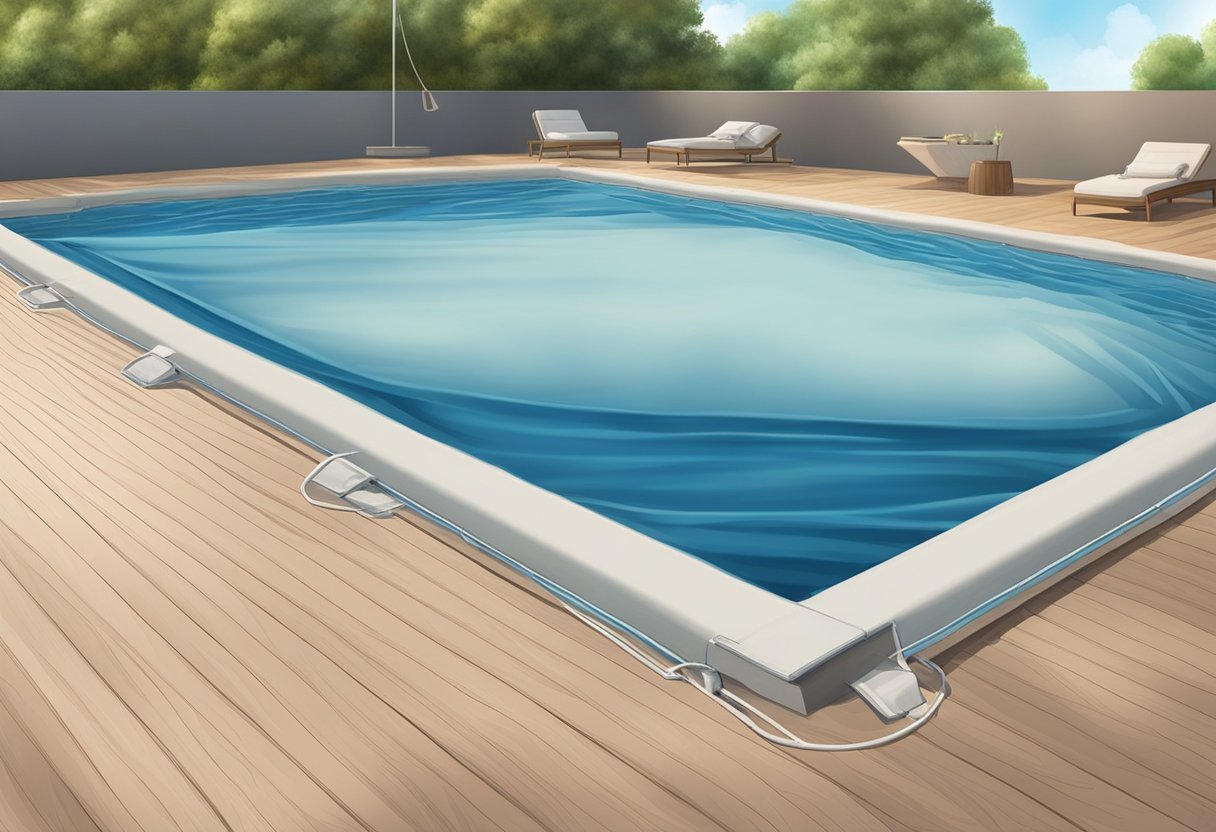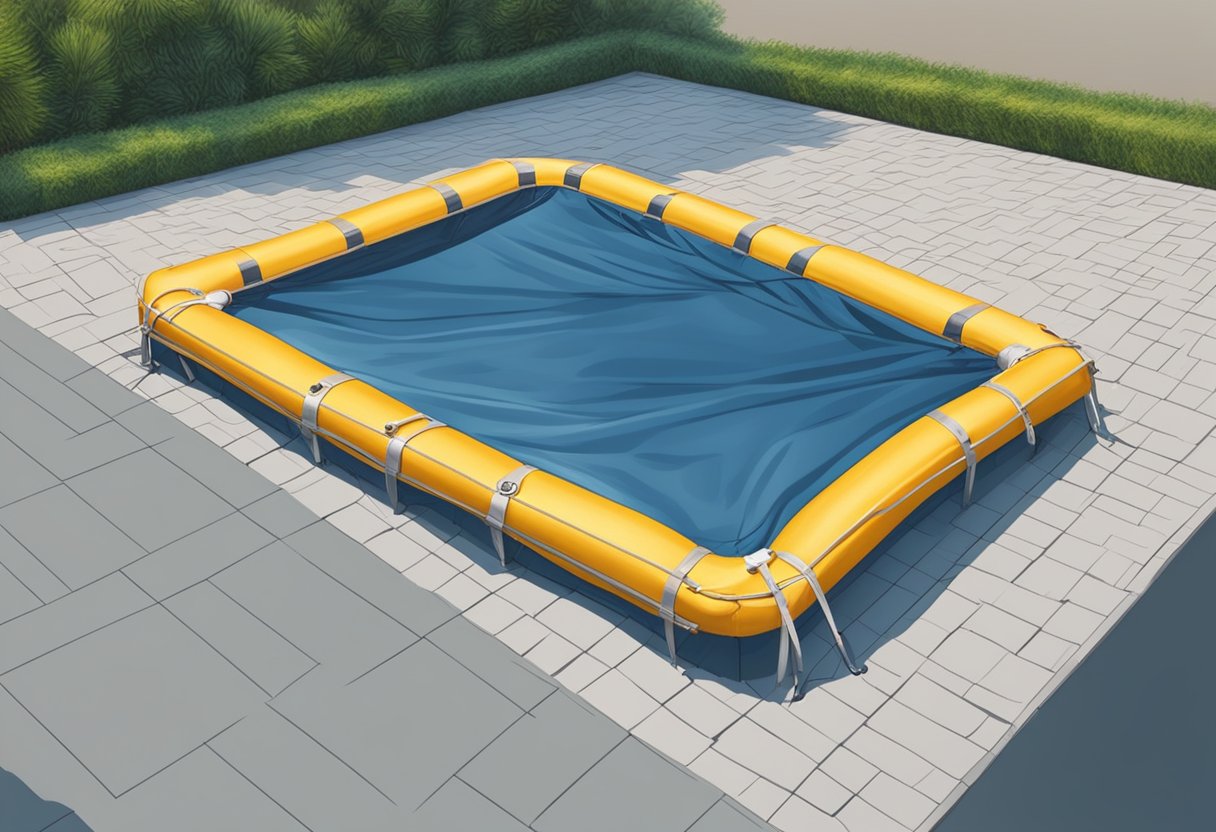Cover of swimming pool
A swimming pool is a great addition to any home, providing a refreshing escape from the heat during the summer months. However, when the pool is not in use, it can be a safety hazard, especially for families with young children or pets. This is where a pool cover comes in handy. A pool cover not only keeps the pool clean but also provides a layer of safety.

Swimming pool covers come in a variety of materials, sizes, and shapes. Some covers are designed to be used during the winter months to protect the pool from harsh weather conditions, while others are used year-round to keep the pool clean and safe. The most common types of pool covers are solid covers, mesh covers, and automatic covers. Each type has its own advantages and disadvantages, depending on the specific needs of the pool owner.
Investing in a pool cover can be a smart decision for any pool owner. Not only does it provide safety and cleanliness, but it can also save money on maintenance and heating costs. In the following article, we will explore the different types of pool covers available and their benefits, as well as tips for choosing the right cover for your pool.
Types of Pool Covers

When it comes to pool covers, there are several types to choose from. Each type of pool cover has its own benefits and drawbacks. In this section, we will explore the different types of pool covers available.
Manual Pool Covers
Manual pool covers are covers that are manually operated. They are typically made of vinyl and are placed over the pool by hand. Manual pool covers are a cost-effective option for those who want to keep their pool covered but don’t want to spend a lot of money on an automatic cover. However, manual covers can be time-consuming to put on and take off, and they may not provide as much protection as automatic covers.
Automatic Pool Covers
Automatic pool covers are covers that are operated by a motor. They are typically made of vinyl or mesh and can be opened and closed with the push of a button. Automatic pool covers are a convenient option for those who want to keep their pool covered without the hassle of manually putting on and taking off a cover. They also provide better protection than manual covers as they completely cover the pool. However, they are more expensive than manual covers.
Safety Covers
safety covers are covers that are designed to prevent accidents and keep children and pets safe. They are typically made of mesh or solid vinyl and are anchored to the pool deck. Safety covers can support the weight of a child or pet and prevent them from falling into the pool. They are a great option for families with children or pets. However, safety covers are more expensive than other types of covers.
Thermal Blankets
Thermal blankets are covers that are designed to keep the pool warm. They are typically made of bubble wrap or foam and float on the surface of the water. Thermal blankets can help to reduce heating costs and keep the pool warm. However, they do not provide as much protection as other types of covers.
Solar Covers
solar covers are covers that are designed to heat the pool using the sun’s energy. They are typically made of vinyl and float on the surface of the water. Solar covers can help to reduce heating costs and keep the pool warm. However, they do not provide as much protection as other types of covers.
In summary, there are several types of pool covers available, each with their own benefits and drawbacks. Choosing the right type of pool cover depends on your specific needs and budget.
Benefits and Installation

Advantages of Pool Covers
A pool cover is an essential accessory for any swimming pool. It offers numerous benefits, including reducing evaporation, maintaining the pool temperature, and saving water. By covering the pool, you can prevent dirt and debris from entering the water, making pool maintenance easier and less time-consuming. Moreover, a pool cover can also protect the pool from direct sunlight, which can damage the pool’s surface and cause fading of the pool’s colour.
Installation Process
Installing a pool cover is a straightforward process that can be completed in a few simple steps. First, the pool must be measured to ensure that the cover fits correctly. Next, the cover is cut to size and installed on the pool. Roll-up stations can also be installed to make it easier to remove and store the cover. It is recommended that a professional installer is hired to ensure that the cover is installed correctly.
for more info: https://www.designercovers.co.za/



